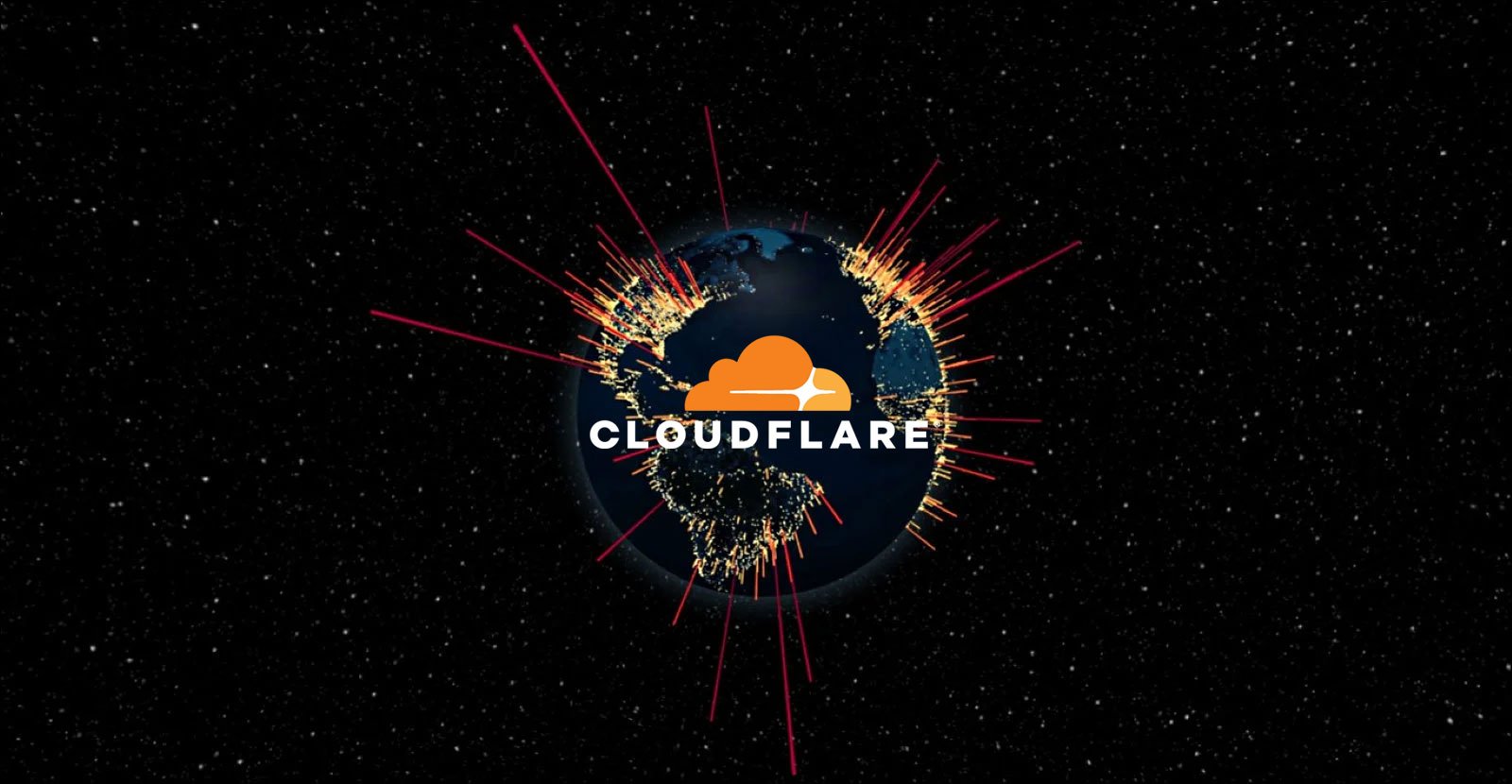Zero trust gains momentum amid growing network visibility challenges

Network visibility challenges and rising cyber threats are prompting a step change in security strategies, according to new research, with firms ramping up zero trust capabilities.
Findings from AlgoSec’s 2025 State of Network Security report show seven-in-ten security teams report visibility issues, which is delaying threat detection and response.
Respondents to a survey by the firm warned that a lack of insight into application connectivity and poor alignment of security policies on these fronts now represent ‘significant’ risks for enterprises.
Notably, a key factor behind these challenges lies in the increased adoption of multi-cloud architectures, the report noted. Running parallel to multi-cloud adoption strategies, many firms are now accelerating the adoption of zero trust tools and practices.
“As businesses expand their digital footprints across hybrid and multi-cloud environments, securing network infrastructure has become a top challenge,” said Eran Shiff, VP of product at AlgoSec.
“We are seeing a major shift toward automation, orchestration and risk mitigation as key security priorities. Adoption of SD-WAN and SASE continues to rise, while awareness of AI-driven security and zero-trust principles is stronger than ever.”
Firewalls were another major worry cited by security professionals, according to AlgoSec’s report. Multi-vendor strategies are making firewall deployment more challenging thanks to the need for robust orchestration tools to prevent misconfigurations, maintain compliance, and reduce operational overhead.
Zero trust challenges
More than half (56%) of organizations are now fully or partially implementing zero trust, although one-in-five said they were still in the learning phase, AlgoSec found.
Security teams did highlight significant challenges in their zero trust journey, however. The study noted that teams often struggle to translate zero trust principles into actionable policies, particularly in complex multi-cloud and hybrid environments.
“This underscores the need for better education, clearer frameworks, and improved tooling to help businesses move beyond basic zero trust principles toward more robust, policy-driven implementations,” the researchers said.
SASE adoption is also growing, with six-in-ten respondents saying they use it for deployment, up from 54% last year.
Similarly, AlgoSec highlighted a widespread move to AI security tools, which organizations said were improving real-time threat detection. Once again, implementation practices are still a key challenge alongside data privacy concerns.
Automation is now critical, the report found, with application connectivity automation ranked as the top priority for minimizing risk and downtime.
“Looking ahead, businesses that embrace proactive automation, centralized security policy enforcement, and risk-based decision-making will be best positioned to navigate the next phase of network security evolution,” the report concludes.
“As organizations continue to adopt hybrid architectures, AI-driven security solutions, and zero-trust principles, the ability to adapt, automate, and secure at scale will be critical in ensuring a resilient and future-ready network security strategy.”
MORE FROM ITPRO
Source link











